Departure: Edinburgh
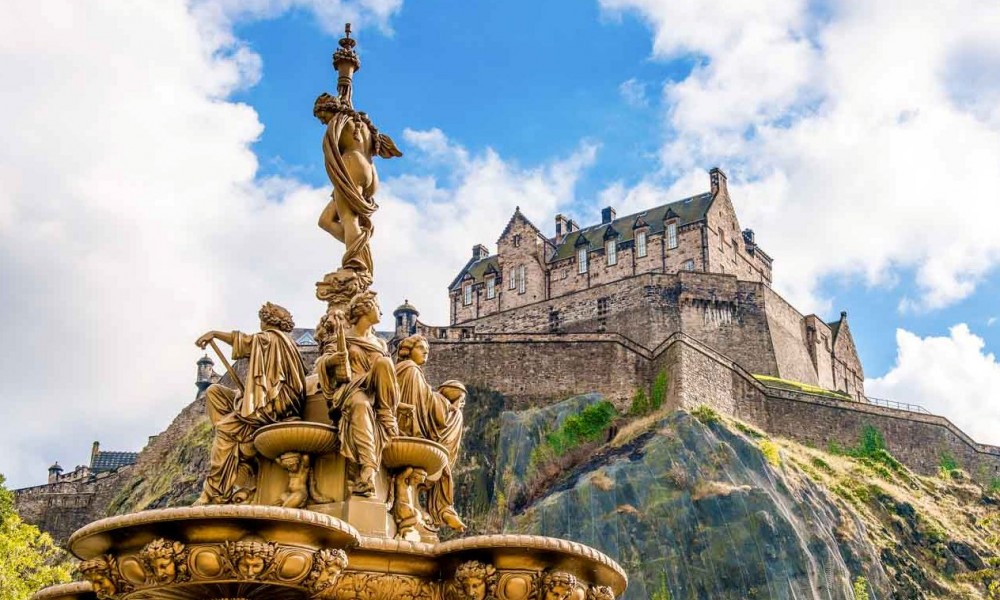
Edinburgh is considered to be prosperous: a high standard of living, well-groomed parks with neat paths, high level of education, friendly population and a lot of... whiskey.
The inhabitants of the city dub it 50 shades of brown. It is due to the fact, that almost all the houses in its central part have a brown colour. Nevertheless, this is not an idea of decorators, but a centuries-old dust that has pierced the walls of all the buildings. The local people are very proud of this feature of Edinburgh, so even new houses are designed to match the old brown buildings. In the central part of the capital of Scotland there are no high-rise buildings. By law, no construction in the historical centre should exceed seven floors. At the same time, the city seems to be climbing up the sky. The fact is that the city is situated in the mountainous terrain and consists of levels that are connected by narrow ladders - streets. Sometimes these transitions turn out to be "covered" and then a person who passes to another address has an impression that he is just passing a long corridor.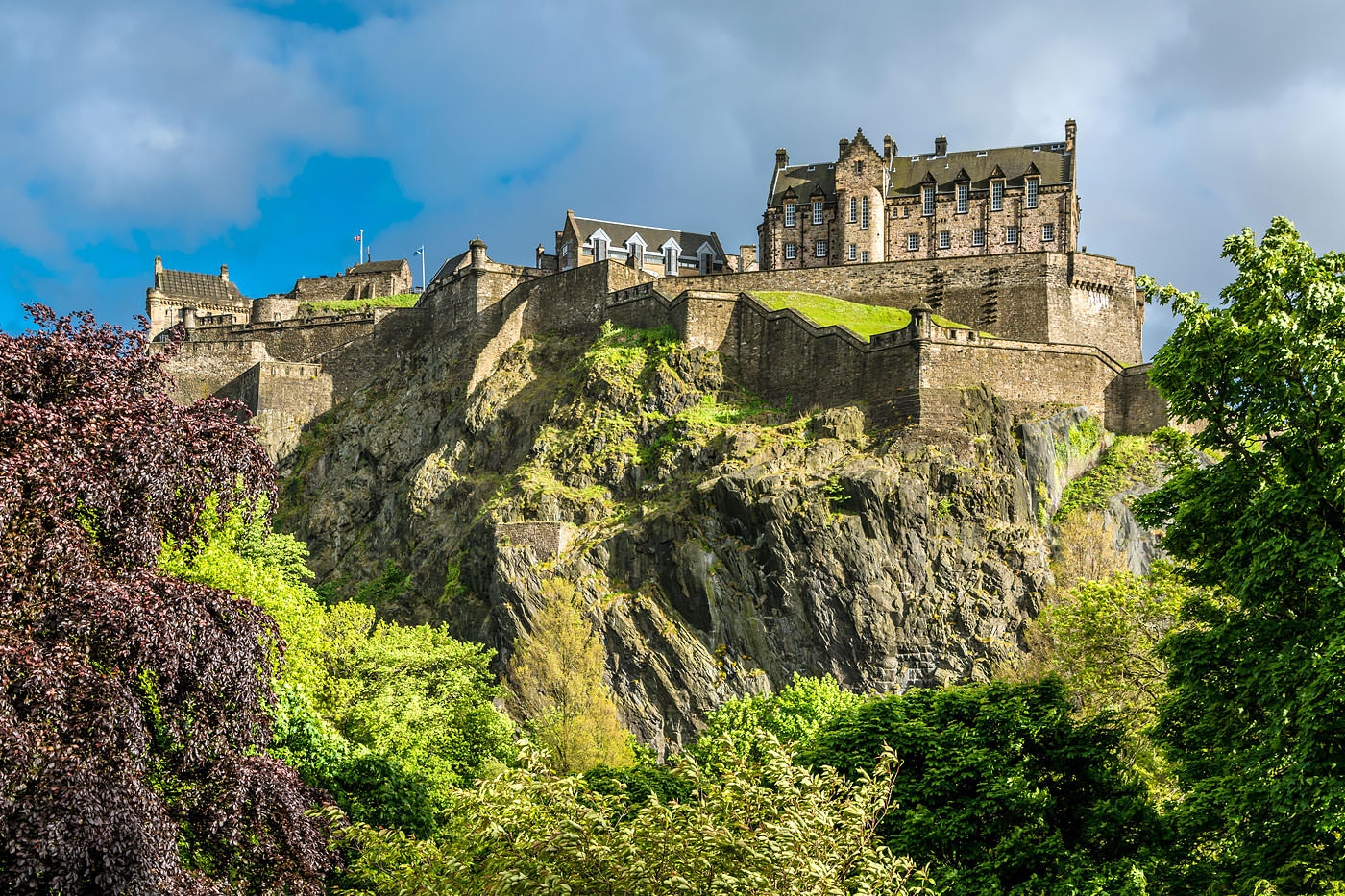
Photo ua.hotels.com
The best views of Edinburgh open from hills called Arthur's Seat and Calton Hill. From those heights, the city looks exactly as city guides advertise it. It also offers a good view of the suburbs and the North Sea with its rocky shore. The presence of sea is quite noticeable in Edinburgh because of not only cold wind and humid air. Seagulls often leave the shore and whirl around the valley in search of food. Theyoften follow the noisy tourist groups in hope of getting something tasty. Arthur's Seat is located in the heart of the Old Town. It is the highest point of Edinburgh. Only 251 meters above sea level. Even in spite of such a relatively small height, not many can climb the hill. The path is dangerous, especially in windy days.
Visitors are advised to take photos at least in three locations. First, near the monument erected in honour of the writer Walter Scott. Even taxi drivers slowdown and ask their passengers whether they have taken a photo next to a huge black and brown construction of the 19th century in the Gothic style. Then, the same happens on the North Bridge. It connects the Old and New Towns and is located near the main railway station of Scotland. From the bridge, you can enjoybreath-taking views of ancient buildings, a castle, a government quarter, a central museum and a large well-kept park.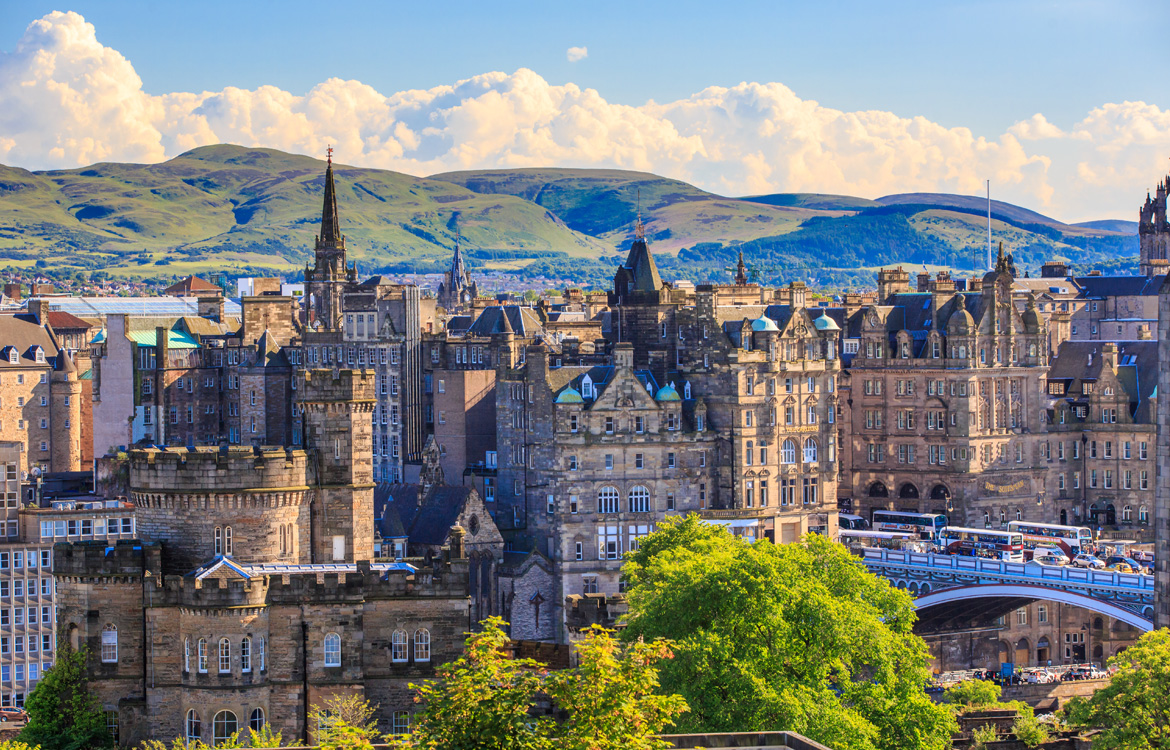
Photo ft.com
Residents of the city recommend visiting the National Scottish Gallery where you can get a complete picture of the world. The National Scottish Gallery is interesting not only by its individual exhibits, but also by exhibitionstarting from the history of one country to the construction of space.
There is a monument in the city, the nose of which one shall rub for good luck. This is a monument to the Greyfriars Bobby who was a Skye Terrier. Edinburg residentsclaim that this is not an ordinary dog, but a symbol of devotion. According to legend, he spent 14 years guarding the grave of its owner until he died himself of old age. The monument was erected in the 19th century and was originally a two-level fountain with one spring of drinking water for people and another one for dogs.
Another unusual monument to the animal is located in the Central Park. This is Wojtek the Soldier Bear Memorial. He was not just a bear. Wojtek is a veteran of the Second World War. The legendary animal in the rank of corporal passed the way from Iran to Italy. Moreover, during the battles the bear brought shells to the soldiers. The Soldier Bear met his old age in the Edinburgh zoo, where the Scots were very fond ofhim.
The oldest flower clock in the world is counting time in one of the park corners. Its mechanism was first started in 1903. Originally, it had only an hour hand, and a year later, a minute hand was added to the clock.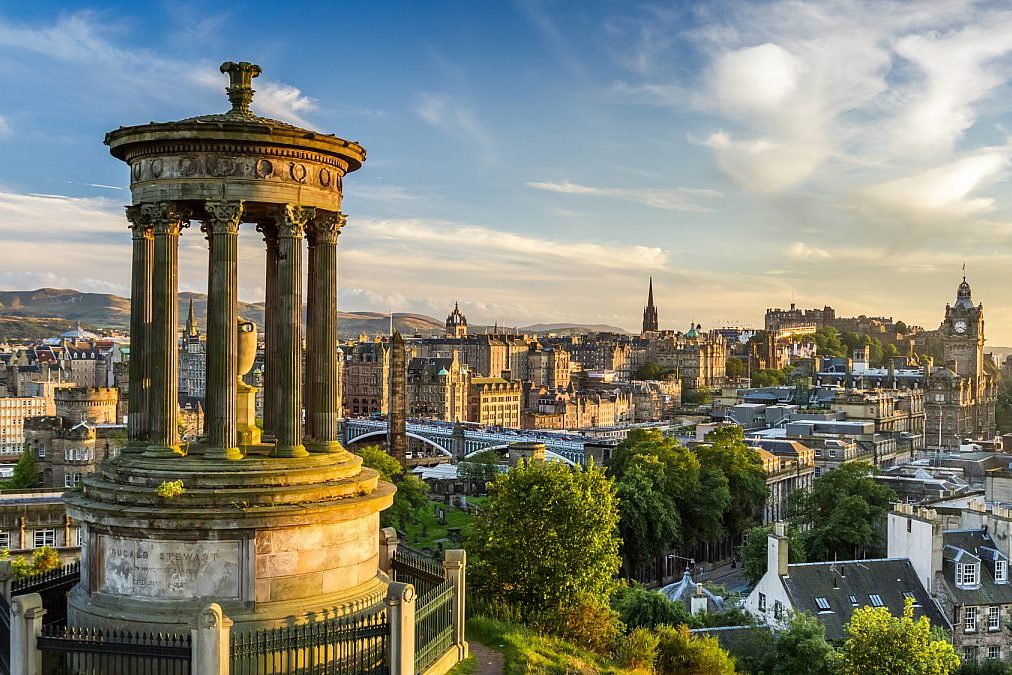
Photo find.apiabroad.com
Crowds of visitorslike to wander so called Royal Mile. It is a long avenue in the Old Town full ofstreet vendors offering souvenirs, street musicians, and pubs pouring fresh beer. This street has ancient mansions with stained glass windows and internal wood panelling. It hosts a whiskey museum proud of the world's largest collection of this drink - more than three and a half thousand bottles. The excursion program includes a tasting of one of the varieties of whiskey.
The centre of Royal Mile is the St Giles' Cathedral dating from the 12th century. Giles was once the patron of the cripples and lepers and is respected as the main protector of the city. The Scots revere not only high matters. The famous street is decorated with monuments to other great Scots - a lawyer, an economist, a philosopher.
The official residence of the royal family closes the main promenade of Edinburgh. According to tradition, the Queen spends here at least one week in the year. In other time, everyone can come and see the life of monarchs.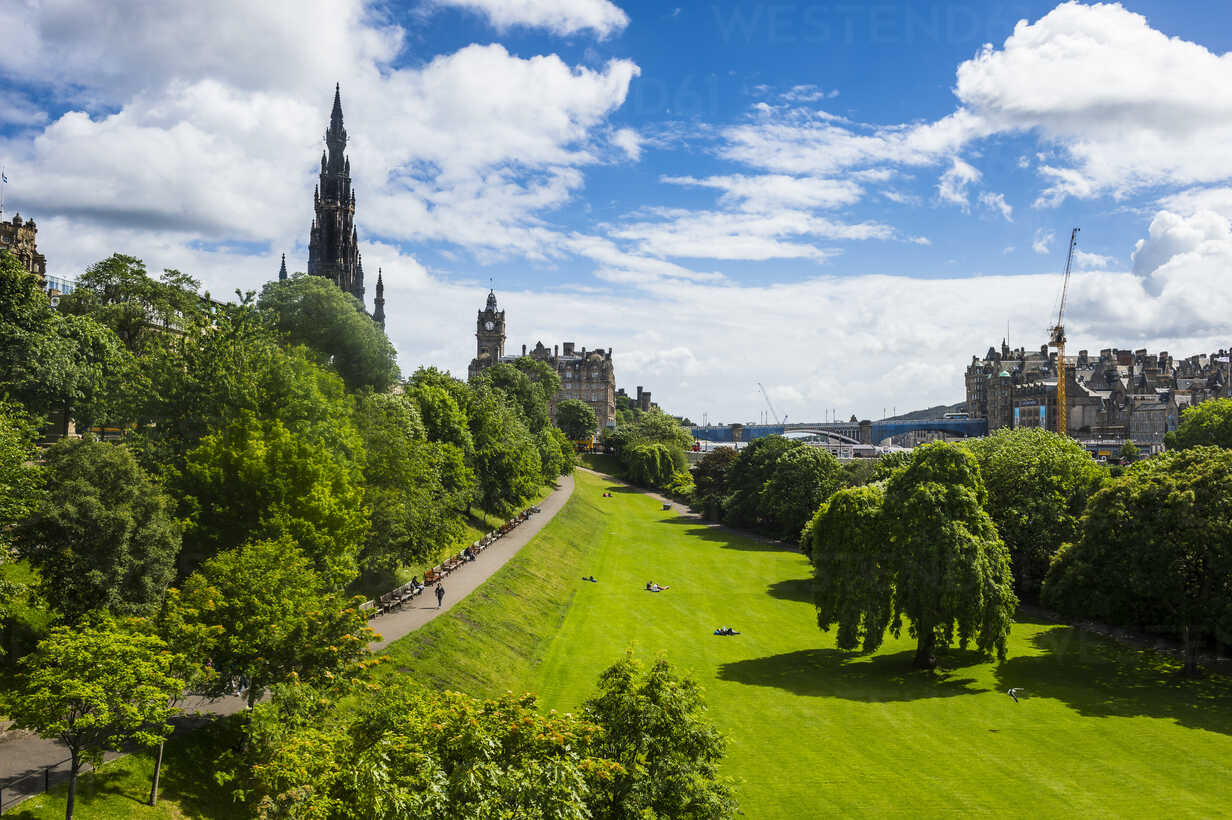
Photo westend61.de
A mysterious, a little frightening, but at the same time the most visited place in the central part of the city is the old GreyfriarsKirkyard cemetery. It is well known for being the most populous in the world. The dead have been buried there for six centuries. It is full of family crypts, and at night, according to eyewitnesses, the spirits of the deceased are wandering. On some graves, there are lattices on top. Initially the idea comes to mind that they are aimed at restraining the dead, but, as the guards explain, the fences are installed for the protection of the corpses themselves. A whole group of crypts is closed for tourists. In the 17th century, about one thousand people were isolated in one of the cemetery sites, who opposed the royalists. They all died, left there without water and food. At the cemetery, there is a special poltergeist, officially recognized. For 20 years, people walking among the graves were attacked more than a hundred times by an unknown creature. Then these people found on their bodies cuts, bruises, they felt panic, nausea and fainted.
In Scotland, they love to talk about the other world. Edinburgh still remembers the invasion of rats, the troubled Middle Ages, the plague epidemic, the Industrial Revolution, and city legends are full of ghosts, corpse hunters and robbers. About one of them, they like to tell in Brodie's bar. Once it was a name of the owner of this drinking establishment. During the day, he was a respected member of society, and at night - a murderer and a robber. Anotherpubworks nearby, where a mug of el used to be accompanied by amusements of public execution. Another pub adjoining the Edinburgh catacombs declares that they constantly hear heart-breaking female cries from underground. The existence of a whole underground city was hidden from the townspeople for a long time. They were discovered only at the end of the 20th century. Thereare houses above the numerous halls and empty chambers, and no one has long explored this territory. When the Vaults were discovered, it became known that once this part of the capital of Scotland was full of life. The industrial revolution has driven many disgraced people underground. They turned the dungeons into slums. These people had nowhere to go, they were sick and immediately died. Hunters for corpses that stole organs from their bodies and sold them to medical institutions often visited it. You can go through the dungeons at night. Many who have visited them tell about cold touches, trembling floors and voices coming from somewhere behind the walls.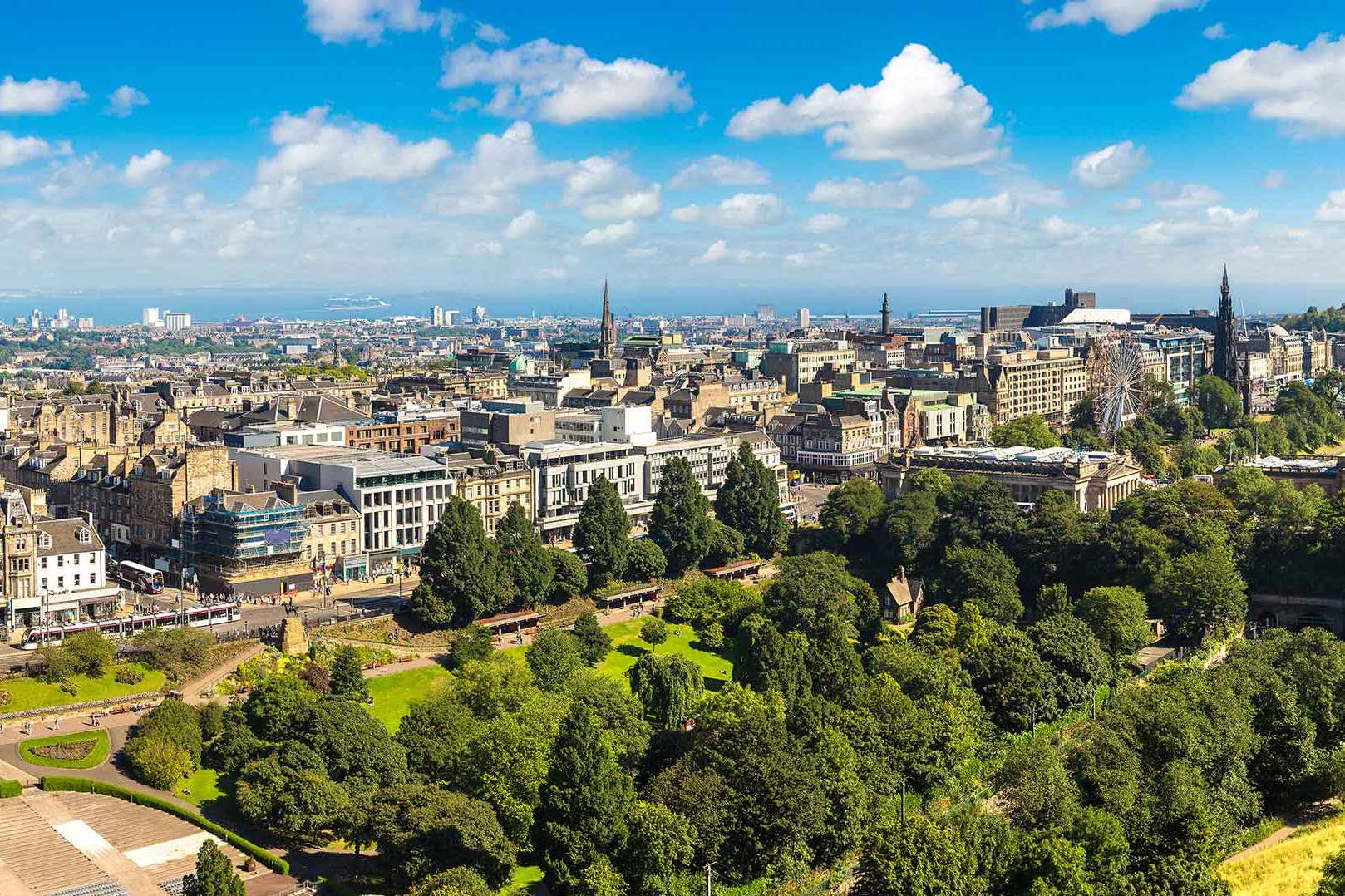
Photo nordicvisitor.com
However, residents of Edinburgh advise still not to be afraid of their city and even offer a lonely walk along night streets. After all, Edinburgh is considered one of the safest cities in the UK. Those who scared, however, are recommended to have one or two glass of the best in the world, as they think, whiskey. The tourists are especially welcome in summer, when Edinburgh hosts the largest Edinburgh Festival Fringe.
Cover photo getyourguide.ru




















